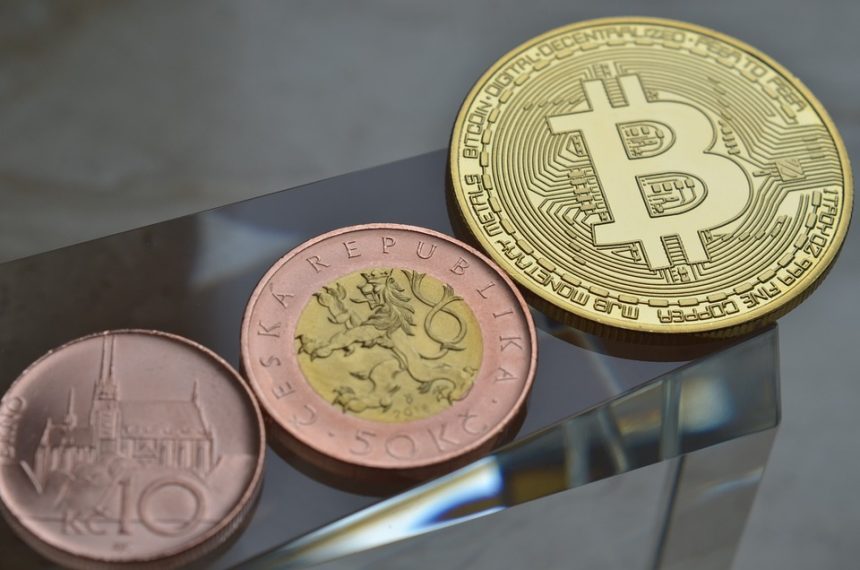As decentralized finance (DeFi) continues to revolutionize the financial landscape, understanding the economics behind its protocols becomes paramount for investors, developers, and users alike. Tokenomics, a blend of the words ‘token’ and ‘economics’, refers to the study of the economic dynamics and incentives that govern a cryptocurrency or token within its ecosystem. In the context of DeFi, tokenomics plays a critical role in determining how these protocols function, how users engage with them, and, importantly, how value is created and maintained.
The Essence of Tokenomics
Tokenomics encompasses various aspects of tokens—including their supply, distribution, utility, governance, and incentives. Understanding tokenomics is essential because it sheds light on not just how a token works but also how it can potentially appreciate or depreciate in value. Here are key components of tokenomics relevant to DeFi:
1. Supply and Distribution Mechanisms
Token supply can be fixed or inflationary, significantly influencing its value over time. Protocols like Bitcoin have a capped supply of 21 million coins, which creates a scarcity that can drive value. In contrast, many DeFi tokens distribute new tokens through mechanisms like liquidity mining or yield farming, where participants earn tokens in return for providing liquidity or participating in the protocol.
Additionally, the method of token distribution impacts fairness and community engagement. A well-designed token distribution model can prevent centralization of power, ensuring that governance remains decentralized and reflective of the broader community.
2. Utility of Tokens
In DeFi, tokens often serve multiple purposes. They can be used for governance—allowing holders to vote on key protocol decisions—or as collateral for loans. Utility also extends to fees, where tokens may be required to pay transaction costs, incentivizing holders to use them within the network instead of trading them prematurely.
Understanding the utility of a token helps assess its long-term viability. If the use cases are compelling and diverse, the token is more likely to maintain or increase its value over time.
3. Incentive Structures
Incentives guide user behavior, and strong tokenomics design incorporates attractive incentive structures. DeFi protocols often reward users for staking tokens, providing liquidity, or locking up tokens for extended periods. These models can create a virtuous cycle: the more attractive the incentives, the more users engage, leading to greater adoption and potentially increasing token value.
For example, protocols like Uniswap and Aave incentivize liquidity providers with native tokens, which not only reward participation but also ensure that users have a vested interest in the health and success of the ecosystem.
4. Governance Models
Governance tokens are increasingly central to DeFi tokenomics, allowing users to participate in decision-making processes. Protocols such as MakerDAO have adopted decentralized governance, where token holders vote on important issues, from protocol upgrades to collateral types. This democratization fosters a sense of community ownership and engagement, crucial for the success of any decentralized project.
Effective governance can enhance stability, drive innovation, and ensure that the protocol adapts to user needs in a rapidly changing landscape.
5. Market Dynamics and Volatility
While the tokenomics of a project can offer insight into its potential success, market dynamics often introduce high volatility. Factors such as speculation, macroeconomic trends, and regulatory news can cause wild price fluctuations, regardless of how sound the underlying tokenomics appear. Thus, participants must be prepared for rapid changes in token value, regardless of utility or governance.
Assessing Tokenomics: A Framework
When evaluating the tokenomics of a DeFi protocol, consider the following framework:
- Understand the Token Utility: What is the token used for? Is it integral to the protocol’s operations?
- Analyze Supply Dynamics: Is the supply capped? What is the issuance schedule? How does it affect scarcity and potential value?
- Evaluate Incentives: Are the incentives appealing enough to attract and retain users? Are they sustainable in the long run?
- Review Governance Structure: How are decisions made? Is the governance distribution equitable?
- Consider External Factors: What external market factors might affect the token’s value? How resilient is the protocol to potential market shocks?
Conclusion
Tokenomics is a critical aspect of decentralized finance, serving as the backbone that supports the functionality and sustainability of protocols. By understanding the underlying economics behind these tokens, stakeholders can make informed decisions that align with their financial goals and risk profiles. As the DeFi ecosystem evolves, so too will the intricacies of tokenomics, producing both new challenges and opportunities for innovation in this rapidly expanding frontier of finance. Emphasizing a robust understanding of tokenomics will be essential for navigating this complex landscape successfully and harnessing the potential of decentralized finance.





